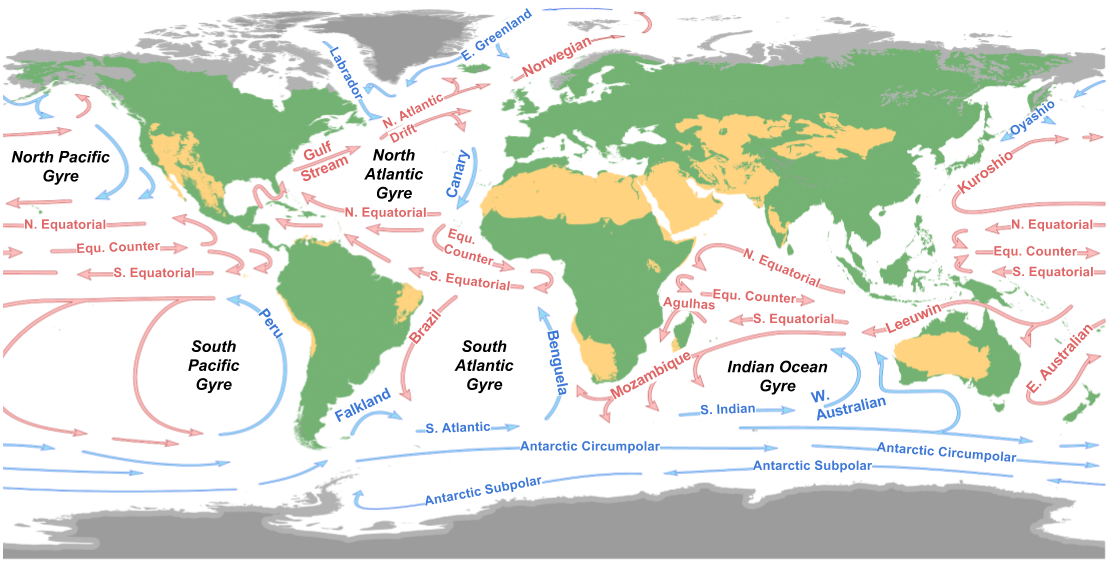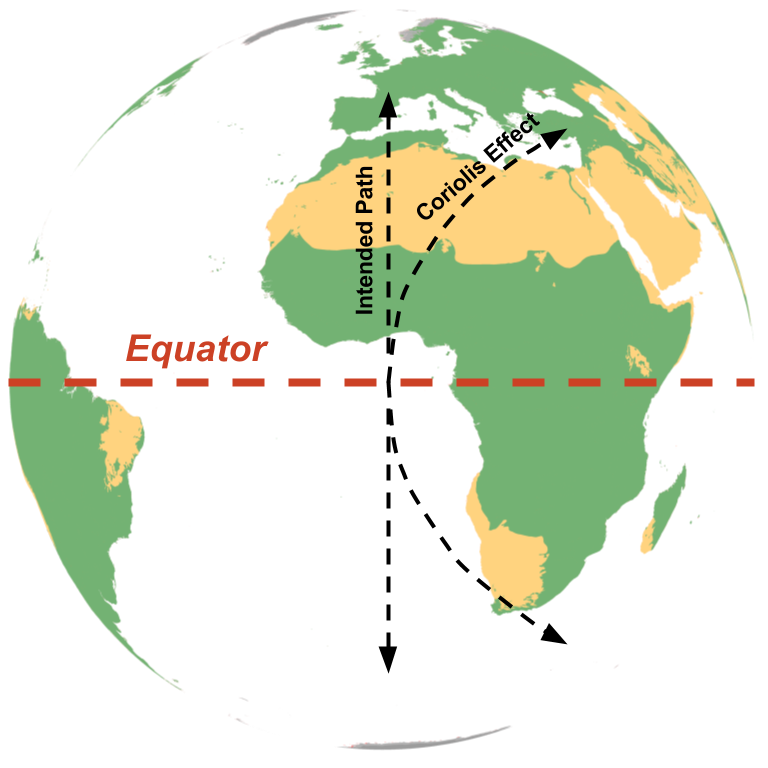Educational Passages & NGSS
In 2016, Educational Passages released a pilot unit of its Ocean Literacy Program. The unit on Ocean Mechanics implements the three dimensions of the Next Generation Science Standards (NGSS) and touches upon the following Disciplinary Core Ideas:
- ESS1 | Earth’s Place in the Universe: MS-ESS1-1, HS-ESS1-5
- ESS2 | Earth’s Systems: 3-ESS2-2, 4-ESS2-1, 5-ESS2-1, MS-ESS2-4, MS-ESS2-5, MS-ESS2-6, HS-ESS2-2, HS-ESS2-4, HS-ESS2-5
The Ocean Literacy Principles
The program will also be aligned to the Ocean Literacy Principles.
Our Ocean Literacy Program is currently under construction. This is our pilot unit and we would like your feedback! After downloading and using our lessons, please submit a review to our Project Manager.
Ocean Mechanics
Our Earth Science unit, Ocean Mechanics, explores the ocean systems and processes. We have written Elementary, Middle, and High school lessons. You can download free NGSS-aligned lesson plans as PDFs and Word Documents. Both formats include all of the following items:
- Overview: This page provides the unit abstract, alignments, and contents.
- Explanation and Glossary: The unit explanation outlines all key concepts explored in the unit and includes vocabulary definitions in a glossary. An appendix of explanative graphics is also included.
- 6E Lesson Plans: Each unit includes four aligned lesson plans that build upon each other. Lessons are broken into sections by the 6Es of Science: Engage, Explore, Explain, Elaborate, Evaluate, and Empower.
- Student Pages: At the end of the unit, any necessary student pages are included. In the case of this unit, these are prediction maps.
The unit asks the driving question, what are the mechanics behind ocean processes? Each grade-band has unique lesson plans following different NGSS Disciplinary Dore Ideas, but all meet the following standards.
- Ocean Literacy Principles:(1) The Earth has one big ocean with many features; (2) The ocean and life in the ocean shape the features of Earth; (3) The ocean is a major influence on weather and climate.
- NGSS Crosscutting Concepts: (1) Patterns; (4) Systems and system models; (5) Energy and matter
- NGSS Practices: (1) Asking questions; (6) Constructing explanations; (7) Engaging in argument from evidence

Elementary School Lesson Plans
Abstract: In this Earth Science unit, Elementary-level students explore the oceanic and atmospheric mechanics behind ocean physics. The first lesson, Shoreline Erosion, engages the students, connecting them and their schoolyards to a phenomenon threatening coastal communities. They then explore mechanics causing erosion in the Waves lesson and explain wave formation in the climate-based Trade Winds lesson. In the final lesson, Surface Currents, students model the Thermocline and use data gathered by Educational Passages to evaluate the impact of ocean mechanics.
NGSS Core Ideas:
- 3-ESS2-2 Obtain and combine information to describe climates in different regions of the world.
- 4-PS4-1 Develop a model of waves to describe patterns in terms of amplitude and wavelength and that waves can cause objects to move.
- 4-ESS2-1 Make observations and/or measurements to provide evidence of the effects of weathering or the rate of erosion by water, ice, wind, or vegetation.
- 5-ESS2-1 Develop a model using an example to describe ways the geosphere, biosphere, hydrosphere, and/or atmosphere interact.
Downloads: PDF or Word Document

Middle School Lesson Plans
Abstract: In this Earth Science unit, Middle School students explore the celestial, atmospheric, and geological mechanics behind ocean physics. In the first lesson, The Earth-sun-moon System, students evaluate the system’s impact on ocean mechanics. Then, they explore the impact of Earth’s rotation on surface winds and currents in the following computer lab activity, Modeling Weather. Students explore and evaluate a data-based atmospheric and oceanic application to explain the relationship between pressure gradients, wind, and currents. Students then elaborate upon these concepts by modeling upwelling and downwelling in a lesson on Thermohaline Circulation. In the final lesson, Sea Level Rise, students evaluate changes in ocean mechanics.
NGSS Core Ideas:
- MS-ESS1-1 Develop and use a model of the Earth-sun-moon system to describe the cyclic patterns of lunar phases, eclipses of the sun and moon, and seasons.
- MS-ESS2-4 Develop a model to describe the cycling of water through Earth’s systems driven by energy from the sun and the force of gravity.
- MS-ESS2-5 Collect data to provide evidence for how the motions and complex interactions of air masses results in changes in weather conditions.
- MS-ESS2-6 Develop and use a model to describe how unequal heating and rotation of the Earth cause patterns of atmospheric and oceanic circulation that determine regional climates.
- MS-ESS3-2 Analyze and interpret data on natural hazards to forecast future catastrophic events and inform the development of technologies to mitigate their effects.
Downloads: PDF or Word Document
High School Lesson Plans
Abstract: In this Earth Science unit, students explore the atmospheric, celestial, geologic, and hydrologic phenomena responsible for ocean mechanics and the impact of these mechanics on other Earth processes. Students begin with lessons on Atmospheric Circulation and the Hydrologic Cycle, reviewing the atmospheric and meteorological mechanics behind ocean physics. Then, they explore changes in ocean mechanics. In the Seafloor Spreading lesson, they explain this change using geological processes and, in the Sea Level Rise lesson, they evaluate eustatic and regional changes in sea level and their implications on other oceanic processes.

NGSS Core Ideas:
- HS-ESS2-4 Use a model to describe how variations in the flow of energy into and out of Earth’s systems result in changes in climate.
- HS-ESS2-5 Plan and conduct an investigation of the properties of water and its effects on Earth materials and surface processes.
- HS-ESS1-5 Evaluate evidence of the past and current movements of continental and oceanic crust and the theory of plate tectonics to explain the ages of crustal rocks.
- HS-ESS2-2 Analyze geoscience data to make the claim that one change to Earth’s surface can create feedbacks that cause changes to other Earth systems.
Downloads: PDF or Word Document

